Homemade Low Sodium Hamburger Buns: Fresh, Easy, and Delicious!
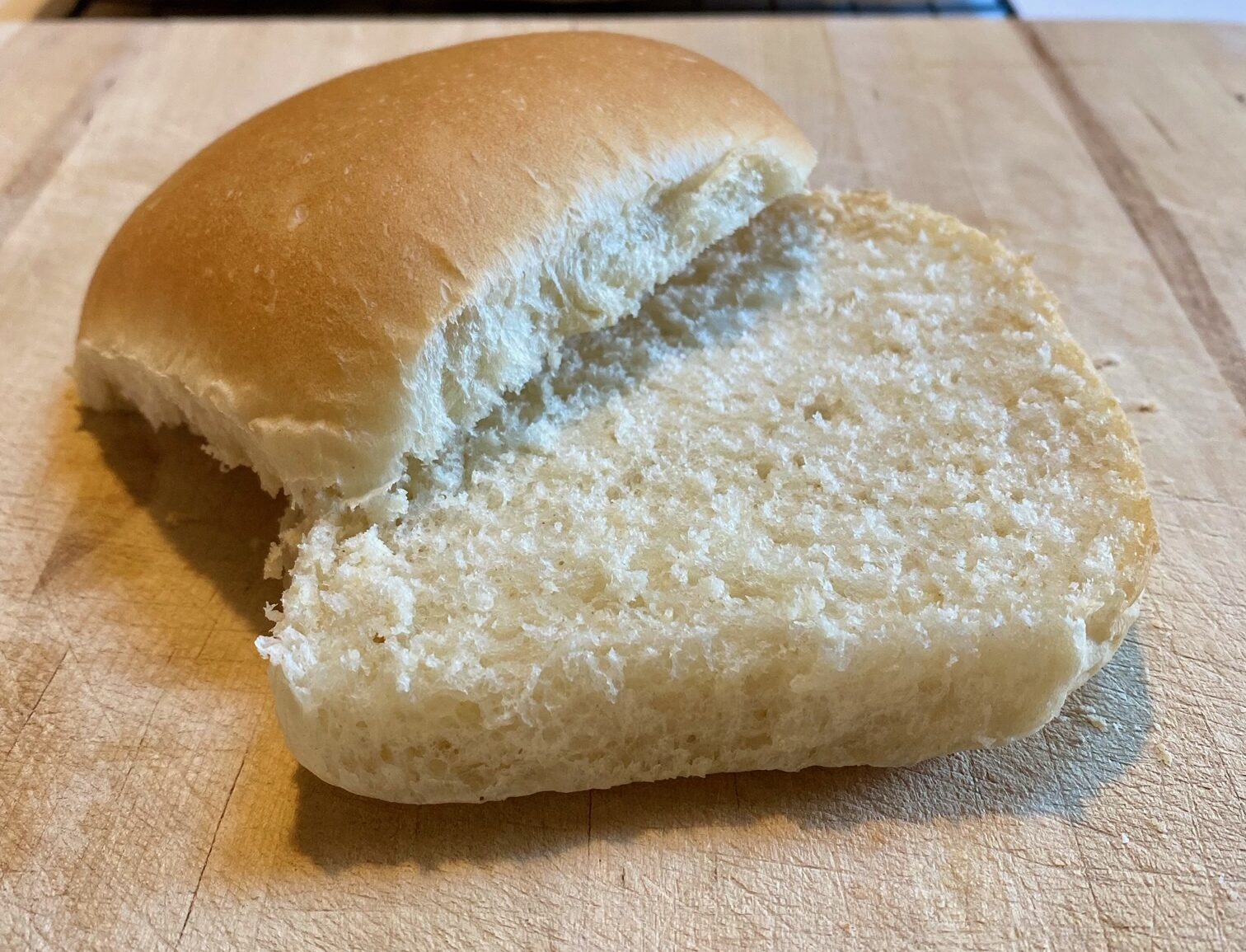
Low Sodium Hamburger Buns: A Simple, Homemade Delight
There’s nothing quite like the taste of a homemade hamburger bun—especially when you’re looking for a low sodium option that doesn’t compromise on flavor or texture. These soft, fluffy buns are perfect for your favorite burgers, sandwiches, or even just as a side with some butter. With just a few ingredients, you can create your own low sodium hamburger buns right at home.
This post may contain affiliate links, please see our Privacy Policy for more information.
Why Make Your Own Low Sodium Hamburger Buns?
Making your own low sodium hamburger buns allows you to control the ingredients and the sodium content. While most traditional recipes call for salt, you can easily adjust or omit it to suit your dietary needs. Plus, homemade buns taste fresher and are free of preservatives and other additives found in store bought options.
Ingredients:
- 1 cup water, warmed to about 125°F (52°C)
- 1/4 cup milk, warmed to about 125°F (52°C)
- 1 packet instant yeast (2-1/4 teaspoons)
- 1/4 cup honey or granulated sugar
- 4 tablespoons unsalted butter, softened to room temperature
- 3-1/3 cups all-purpose flour or bread flour, plus more as needed
How to Make Low Sodium Hamburger Buns:
- Prepare the Liquid Mixture:
- Start by warming the water, milk, and honey (or sugar) to about 125°F (52°C). You can do this in the microwave or on the stove top. Be sure to check the temperature with a kitchen thermometer to avoid overheating, which can kill the yeast.
- Activate the Yeast:
- In the bowl of your stand mixer, combine the warmed water, milk, and honey (or sugar) mixture. Stir until the honey or sugar is completely dissolved.
- Sprinkle the instant yeast over the liquid mixture and give it a light stir. Cover the bowl with a clean towel and let it sit for about 5 minutes, until the mixture becomes foamy. This foam indicates that your yeast is active and ready to work.
- Add Butter and Flour:
- Add the softened unsalted butter and 1 cup of flour to the yeast mixture. Using the paddle attachment of your stand mixer, mix on low speed until mostly combined (the butter might remain a bit chunky at this stage, and that’s okay).
- Gradually add the remaining flour, one cup at a time, mixing on low speed after each addition until the dough starts to come together.
- Knead the Dough:
- Switch to the dough hook attachment on your stand mixer. Knead the dough on medium speed for about 8-10 minutes, or until it becomes smooth and elastic. If the dough is too sticky, add a little more flour, one tablespoon at a time, until you reach the desired consistency.
- First Rise:
- Lightly grease a large bowl with oil or non-stick spray. Place the dough in the bowl, turning it to coat all sides. Cover the bowl with a clean kitchen towel or plastic wrap and let the dough rise in a warm, draft-free area for about 1-2 hours, or until it has doubled in size.
- Shape the Dough:
- Once the dough has risen, gently punch it down to release the air. Divide the dough into twelve equal pieces (about 80g each). For smaller or larger buns, adjust the portion sizes accordingly. Shape each piece into a ball and flatten it slightly with the palm of your hand until it’s about 3 inches across.
- Second Rise:
- Place the shaped buns on a lightly greased or parchment lined baking sheet. Cover and let them rise again until noticeably puffy, about an hour.
- Bake the Buns:
- Preheat your oven to 375°F (175°C). Bake the buns for 15 to 18 minutes, or until they’re golden brown.
- Cool the Buns:
- Allow the buns to cool on a wire rack before slicing them in half horizontally. These buns are perfect as a base for burgers, sandwiches, or any favorite filling.
- Storage Information:
- Store leftover buns, well wrapped, at room temperature for several days or freeze them for longer storage.
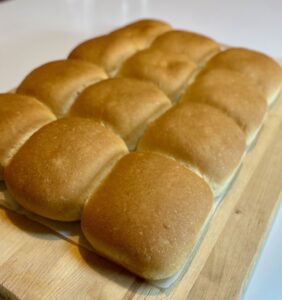
Tips and Tricks:
- Check Your Yeast:
- Instant yeast is convenient, but it’s important to ensure it’s fresh. If your yeast doesn’t foam during activation, it might be old and should be replaced.
- Temperature Matters:
- Using a kitchen thermometer to check the temperature of your liquids is crucial. If the liquid is too hot, it can kill the yeast; too cool, and the yeast won’t activate properly.
- Flour Consistency:
- Bread flour will give your buns a slightly chewier texture, while all-purpose flour makes them softer. If your dough is too sticky during kneading, add flour a little at a time until it’s smooth and elastic.
- Customizing Bun Size:
- For slider buns, divide the dough into smaller portions. For larger sandwich buns, increase the portion size. Adjust the baking time slightly depending on the size of your buns.
- Freezing the Buns:
- Freezing Unbaked Buns: After shaping the dough into buns but before the second rise, place the buns on a baking sheet and freeze them until solid. Once frozen, transfer the buns to an airtight container or freezer bag. When you’re ready to bake, let them thaw and rise in a warm place, then bake as directed.
- Freezing Baked Buns: Allow the buns to cool completely, then wrap each bun individually in plastic wrap and place them in a freezer bag or airtight container. They can be frozen for up to 3 months. To reheat, let them thaw at room temperature, then warm in the oven for a few minutes.
- Make-Ahead Tip:
- These buns are perfect for making ahead of time and freezing, so you always have a low sodium option on hand. Whether frozen before or after baking, they retain their soft texture and delicious flavor when properly stored and reheated.
Here’s to Fresh, Homemade Goodness!
Making your own low sodium hamburger buns at home is not only rewarding but also a healthy choice for those watching their sodium intake. These buns are soft, flavorful, and easy to make with just a few simple ingredients. Plus, with the option to freeze them, you can always have fresh buns ready for your next meal. Enjoy your homemade buns and share your experience in the comments below!
Give my homemade low sodium sandwich bread recipe a try for a soft, delicious, and healthier option that’s perfect for sandwiches or toast!
Disclosure: This post may contain affiliate links. Please note that I may earn from qualifying purchases. This means if you click on an affiliate link and make a purchase, I may receive a small commission at no additional cost to you. Please read the privacy policy for more information.Thank you for supporting my blog!
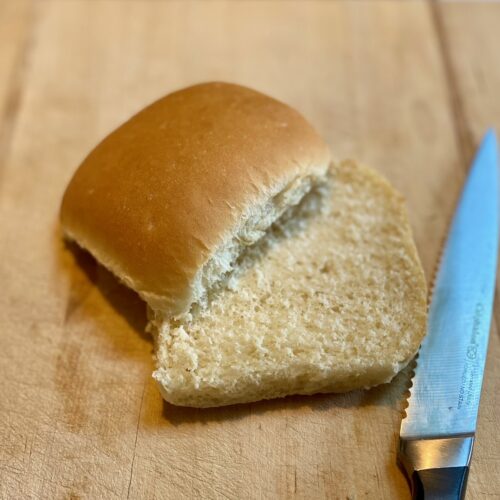
Low Sodium Hamburger Buns
Equipment
- 1 stand mixer
- 1 Baking Sheet
Ingredients
- 1 cup water warmed to about 125°F (52°C)
- 1/4 cup milk warmed to about 125°F (52°C)
- 1/4 cup honey or granulated sugar
- 1 Packet instant yeast or 2-1/4 teaspoons
- 4 Tbsp unsalted butter softened to room temperature
- 3-1/3 cups all purpose flour or bread flour plus more as needed
Instructions
- Warm the water, milk, and honey (or sugar) to about 125°F (52°C) or recommended temperature on the yeast packet. You can use a microwave or stove top for this. Ensure the temperature is correct using a kitchen thermometer to avoid killing the yeast.
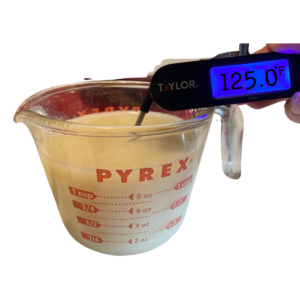
- In the bowl of your stand mixer, combine the warmed water, milk, and honey (or sugar) mixture. Stir until the honey (or sugar) is dissolved.
- Sprinkle the instant yeast over the liquid mixture and lightly stir.

- Cover the bowl with a clean towel and let sit for about 5 minutes until it becomes foamy. This indicates that the yeast is active.
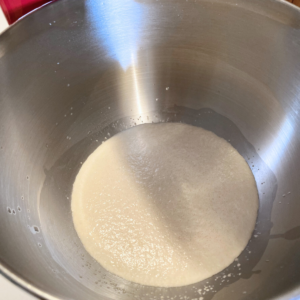
- Add the softened unsalted butter and 1 cup of flour to the bowl.
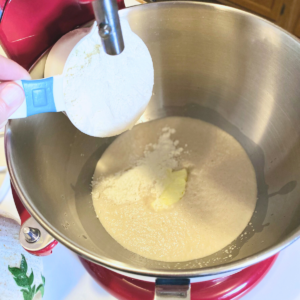
- Using the paddle attachment of your stand mixer, mix on low speed until mostly combined (the butter will still be a little chunky).
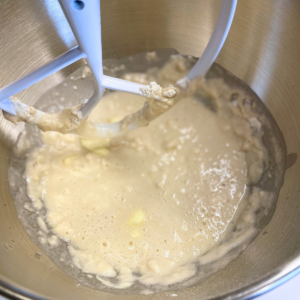
- Gradually add the remaining flour, one cup at a time, to the bowl.
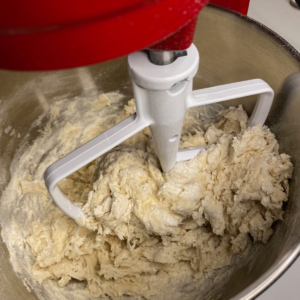
- Mix on low speed after each addition until the dough starts to come together.
- Switch to the dough hook attachment. Knead the dough on medium speed for about 8-10 minutes. The dough should be smooth and elastic. If the dough is too sticky, add a little more flour, one tablespoon at a time, until the desired consistency is reached.
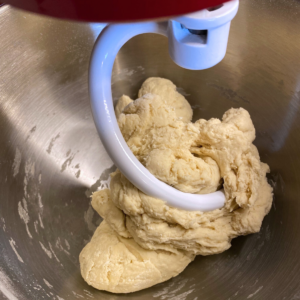
- Lightly grease a large bowl with oil or non-stick spray. Place the dough in the bowl, turning it to coat all sides. Cover the bowl with a clean kitchen towel or plastic wrap.
- Let the dough rise in a warm, draft-free area for about 1-2 hours, or until it has doubled in size.
- Once the dough has risen, gently deflate the dough and divide it into twelve pieces (about 80g each); to make smaller or larger buns see "tips," below. Shape each piece into a ball. Flatten each dough ball with the palm of your hand until it's about 3" across.
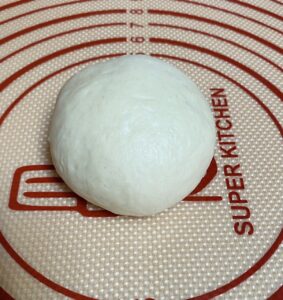
- Place the buns on a lightly greased or parchment-lined baking sheet. Cover and let rise until noticeably puffy, about an hour.
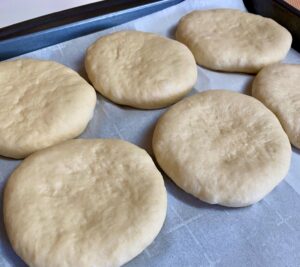
- Preheat your oven to 375°F (175°C).
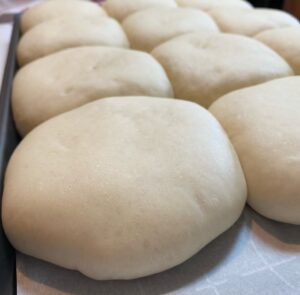
- Bake the buns for 15 to 18 minutes, until golden.

- Cool the buns on a rack before slicing in half, horizontally.
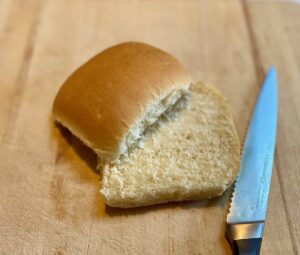
Notes
-
Check Your Yeast:
- Instant yeast is convenient, but it’s important to ensure it’s fresh. If your yeast doesn’t foam during activation, it might be old and should be replaced.
-
Temperature Matters:
- Using a kitchen thermometer to check the temperature of your liquids is crucial. If the liquid is too hot, it can kill the yeast; too cool, and the yeast won’t activate properly.
-
Flour Consistency:
- Bread flour will give your buns a slightly chewier texture, while all-purpose flour makes them softer. If your dough is too sticky during kneading, add flour a little at a time until it’s smooth and elastic.
-
Customizing Bun Size:
- For slider buns, divide the dough into smaller portions. For larger sandwich buns, increase the portion size. Adjust the baking time slightly depending on the size of your buns.
-
Make-Ahead Tip:
- You can make these buns ahead of time and freeze them. Just be sure to thaw at room temperature and give them a quick warm up in the oven before serving.

Would you know how many grams of sugar the rolls have?
Hi! The whole recipe has about 48g if you are using granulated sugar. I hope that helps!